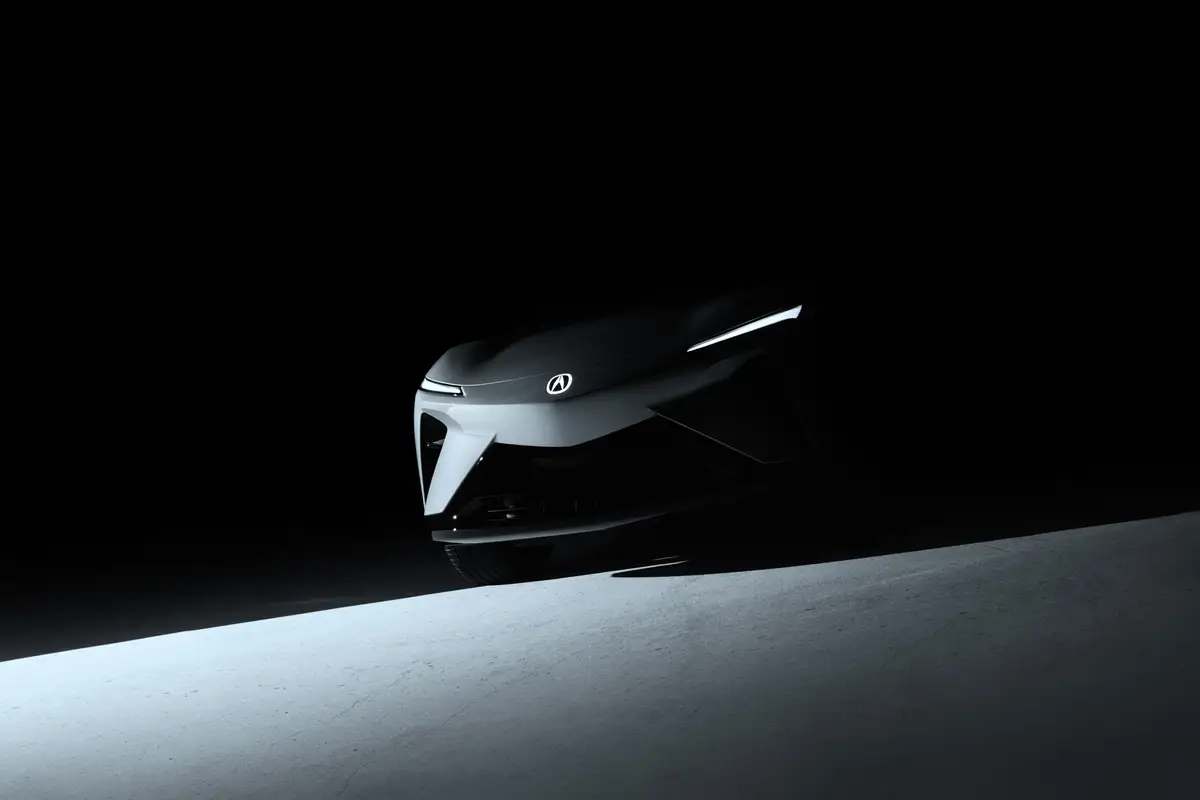Our view: 2008 Audi Q7

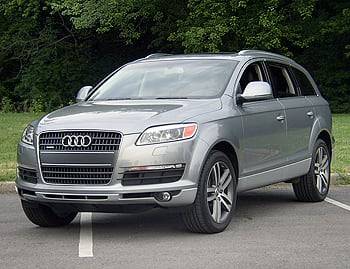
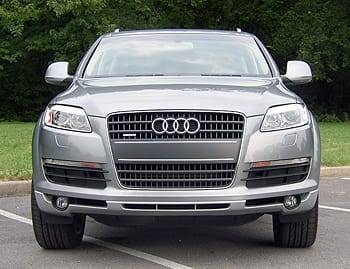

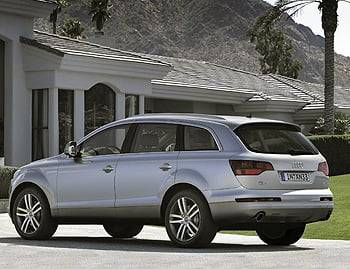
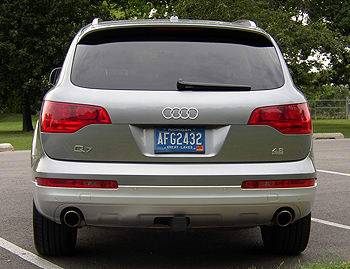
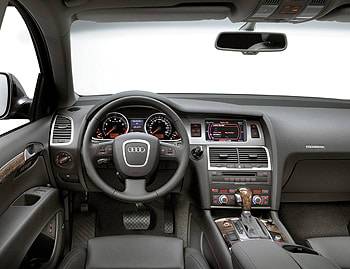
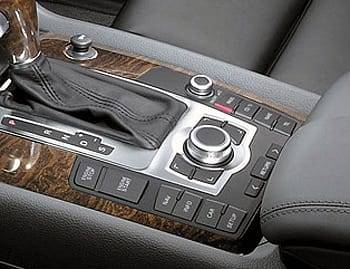

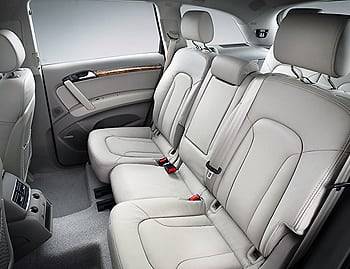
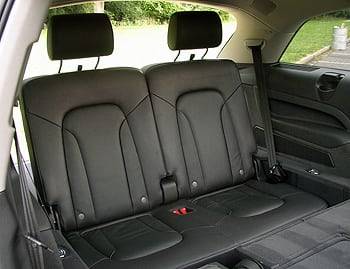


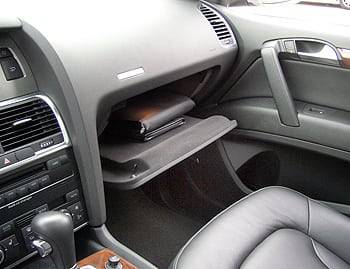

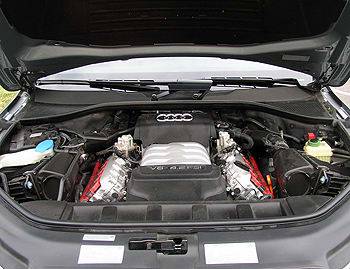

















Editor’s note: This review was written in September 2006 about the 4.2 version of the 2007 Audi Q7. Little of substance has changed with this year’s model. To see what details are different this year, check out a side-by-side comparison of the two model years.
It may seem odd, but Audi, which is partially responsible for popularizing all-wheel drive in passenger cars, only recently joined the SUV crowd with the Q7. The company’s devotion to all-wheel drive has been more about onroad performance than offroad acumen, and that focus purportedly carries on in the Q7, which seats up to seven.
Overall, though, the Q7 misses its mark; the driver-machine connection associated with performance vehicles just isn’t there. It has plenty of advanced features, like a sophisticated adaptive air suspension, but technology alone can’t create this connection, and the Q7 shows how cutting-edge technology can actually hurt the driving experience when advanced control systems reign.
Exterior & Styling
The Q7 full-size SUV looks a lot like a tall, bulked-up wagon; it’s about six inches longer and 10 inches taller than an Audi A6 wagon. Standard alloy wheels measure 18 inches in diameter, but 19-, 20- and even 21-inch wheels are optional.
Automakers have met with questionable success when applying the front end styling theme of a passenger car to an SUV (think Porsche Cayenne). Fortunately, the Q7 doesn’t fall into this category. Its front echoes the look of Audi’s cars, but it doesn’t come off as ungainly; the horizontal gray bar in the trapezoidal grille lessens the impact of the design a bit and should make it less polarizing.
Ride & Handling
The Q7 is available with either a conventional steel suspension or an adaptive air suspension that has various damping and height settings. My test vehicle featured the adaptive air suspension and wore 20-inch low-profile tires, so ride and handling impressions apply to this setup.
The adaptive suspension includes three settings designed for onroad driving: Automatic, Comfort and Dynamic. I spent most of my time switching between the softest available setting, Comfort, and the tautest, Dynamic. In Dynamic mode, the ride is so firm you might find yourself wondering if the suspension is damping anything at all; all bumps and holes in the road are keenly felt. Switching to the Comfort mode, which increases ground clearance to 7.1 inches from the Dynamic mode’s 6.5 inches, took the edge off a little bit, but ride quality remains undeniably firm; the setting doesn’t live up to its name.
The optional P275/45R20 low-profile tires likely contribute to the very firm ride, and you’d be wise to carefully consider this suspension and tire combination if you live anywhere near rough pavement. I’d be interested to hear what readers who have experienced the Q7 with smaller wheels and the steel suspension think of its ride quality.
The air suspension includes a dynamic roll stabilization function that Audi says can actively adjust damping to minimize body roll. The system didn’t seem as effective as Land Rover’s Dynamic Response antiroll system in the Range Rover Sport; despite the air suspension’s firmness, there’s significant body roll during tight cornering.
The Q7 features Servotronic steering that adjusts steering assist based on the position of the wheel. It felt natural most of the time, but when making tight turns following a stop the front wheels tended to turn farther than desired, requiring a quick steering wheel correction. The steering wheel itself turns with relatively little effort and amazing smoothness, but the driver is deprived of any feedback.
Going & Stopping
All Q7s have Audi’s Quattro all-wheel-drive system. Unlike the Lexus GX 470 luxury SUV, the Q7 doesn’t have a two-speed transfer case; the entire system operates without driver interaction. From the initial 42/58 front-to-rear torque split, up to 65 percent of engine power can be sent to the front wheels or 85 percent to the rear wheels by means of the self-locking center differential.
Q7 buyers get a choice of either a V-6 or V-8 engine. Both drive a six-speed automatic transmission that features Tiptronic, Audi’s clutchless-manual mode. Regardless of your engine choice, it’ll be saddled with a lot of mass to haul around. The curb weight for a base Q7 is slightly north of 5,000 pounds, and fully loaded models tip the scales at around 5,500 pounds. A vehicle’s weight affects its fuel economy, and as the table below shows, the Q7’s estimated gas mileage isn’t particularly great with either engine.
| Audi Q7 Engines | ||||||||
|---|---|---|---|---|---|---|---|---|
| 3.6-liter V-6 | 4.2-liter V-8 | |||||||
| Horsepower | 280 @ 6,200 rpm | 350 @ 6,800 rpm | ||||||
| Torque (lbs.-ft.) | 266 @ 2,750 rpm | 325 @ 3,500 rpm | ||||||
| EPA-estimated gas mileage (city/highway, mpg) |
16/20 | 14/19 | ||||||
| Source: Manufacturer | ||||||||
The V-8 engine moves the Q7 capably despite the SUV’s substantial bulk, and there’s fluid power for high-speed acceleration and passing. The rich exhaust rumble was pleasing to my ears, but concrete highway surfaces made the 20-inch treads roar.
It’s too bad the great V-8 engine and smooth-shifting automatic transmission are hampered by an annoying case of accelerator lag. Though it only happened occasionally, and usually in stop-and-go city driving, it was intrusive enough to leave me feeling disconnected from the driving experience, which is all the more troubling because Audi touts the Q7 as a “performance SUV.” (This problem wasn’t as noticeable on another V-8-powered Q7 I drove.)
I was also startled to observe a significant delay while overtaking a slower-moving car on the highway. With an Infiniti FX closing quickly in the lane next to me, I steered into the passing lane while jabbing the accelerator pedal and waited in dismay as nothing happened for what seemed like a few seconds, as the transmission contemplated the right gear for my move. The FX was reeling me in, but then the transmission finally made up its mind and the Q7 surged forward. While it’s one thing to preplan passing maneuvers in a low-powered vehicle, having to be wary about pulling into the fast lane in a 350-horsepower vehicle because you’re not sure whether it’s going to respond is not acceptable.
The Q7’s front disc brakes measure 13.8 inches in diameter, while the rear discs are 13 inches across. Six-piston calipers squeeze the front discs. Pedal response wasn’t particularly linear, but the brakes always felt up to the task of shedding speed.
The Inside
Audi says the Q7’s interior styling is based on the A6 midsize car’s, and its dashboard is similar. The cabin features first-rate materials and an attention to detail seen in relatively few mass-produced vehicles. The front and rear power side windows have an auto up/down feature, there are dual front sun visors, and the optional heated seats have not one or two heat settings, but six. With such a classy (if somewhat stoic-looking in all black) interior, it’s puzzling that the Q7 has a cheapo turn signal stalk that feels as if it could snap off.
The Q7 features Audi’s Multi Media Interface. The MMI system consists of a console knob and buttons and a dashboard display screen used to control things like vehicle settings, the optional navigation system and the stereo. Even though MMI became easier to use during the course of my time with the Q7, I still found myself taking my eyes off the road too often to look at the menus in the display and to fiddle with the controller knob and console buttons. With its wealth of vehicle settings and controls, MMI packs a lot of computing power. Its downfall comes from requiring too much attention from drivers who are already focused on navigating heavy traffic, eating lunch on the run or talking on the phone. A simple touch-screen interface or even — gasp! — plain-old dash buttons would make more sense.
Standard seating capacity is five, but the Q7 can hold up to seven with the optional two-person, 50/50-split third-row seat. There’s also a six-seat version that swaps the second-row split-bench seat for two larger chairs.
I was able to get comfortable in the Q7’s leather front bucket seats, though very tall drivers might wish they could move farther back. There’s generous foot and legroom in the second row, and these seats recline and slide fore and aft. The seats closest to the windows are firmly cushioned but comfortable, while the center spot feels like sitting on a leather-covered park bench — it’s that hard.
I tried climbing back into the third-row seat, but could immediately tell it wasn’t designed for my 6-foot-1-inch frame. I guess I should have read the press release first, as Audi says it’s only meant for passengers up to 5-feet-4-inches tall.
Safety
Standard safety features include antilock brakes with electronic brake-force distribution and brake assist, side-impact airbags for the front seats, three-row side curtain airbags, an electronic stability system with hill descent control and rollover mitigation technology, and a tire pressure monitoring system. Side-impact airbags for the second-row seats are optional, as are a rearview camera and adaptive bi-xenon high-intensity-discharge headlights that swivel in concert with the steering wheel to better illuminate corners.
The National Highway Traffic Safety Administration gave the Q7 five stars for the SUV’s performance in its frontal crash test.
Cargo & Towing
Both the second- and third-row seats fold flat to expand the cargo area to 88 cubic feet; with the second-row seat up, luggage room drops to 42 cubic feet, and it shrinks to 10.8 cubic feet when the third row is up.
A power liftgate is optional, but loading luggage into the cargo area requires a significant lift over the high rear bumper. However, the load height can be reduced by 2.8 inches in Q7s with the optional air suspension; it lowers the body to make the liftover a bit less imposing. A cargo cover and four tie-down rings are standard.
With the optional Towing Package, the Q7’s standard 5,500-pound towing capacity increases to 6,600 pounds. Both ratings are competitive in the luxury SUV class.
Features
The Q7 comes standard with automatic dual-zone climate control, a leather-wrapped steering wheel, a 12-way power driver’s seat and bottle holders in each door.
There’s no shortage of optional luxury features: The air suspension costs $2,600, while a stunning full-length Panorama Sunroof is priced at $1,850. Adaptive cruise control is an extra $2,100, and four-zone automatic climate control with rear controls goes for $950.
For $2,800, the Infotainment Package bundles Sirius Satellite Radio, Bluetooth-based connectivity for cell phones and a navigation system. The $2,400 Technology Package includes Audi Side Assist, a warning system that alerts the driver when a vehicle is in the Q7’s blind spot; keyless entry and start; and a rearview camera.
Q7 in the Market
Even though it hits the U.S. market just as the popular SUV segment begins to cool, the Q7 should keep Audi owners in search of an SUV from leaving the fold for a BMW, Cadillac, Lexus or Mercedes-Benz.
The question is, will it steal any buyers from those brands? Its high-quality interior, thoughtful details and road presence should help its chances when cross-shopped against other $40,000-plus luxury SUVs, but style can only take an SUV so far. In the face of unknown reliability (and without solid performance in this regard from Audi’s other offerings), the Q7 may be more of a gamble than buyers are willing to take, especially considering there’s the MMI system and disappointing driving experience to get past.
| Send Mike an email |

Mike Hanley has more than 20 years of experience reporting on the auto industry. His primary focus is new vehicles, and he's currently a Senior Road Test Editor overseeing expert car reviews and comparison tests. He previously managed Editorial content in the Cars.com Research section.
Latest news
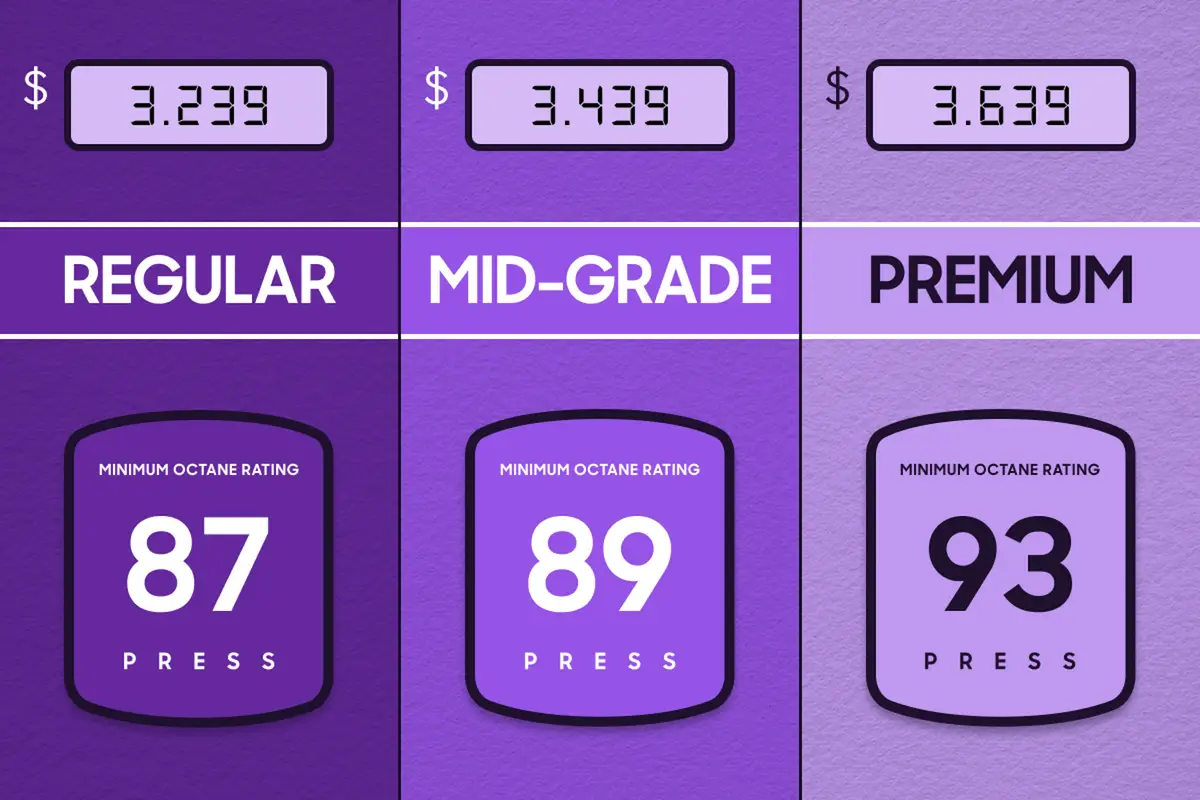
If Premium Gas Is Recommended for My Car, Will Using Regular Void the Warranty, Ruin the Engine?

